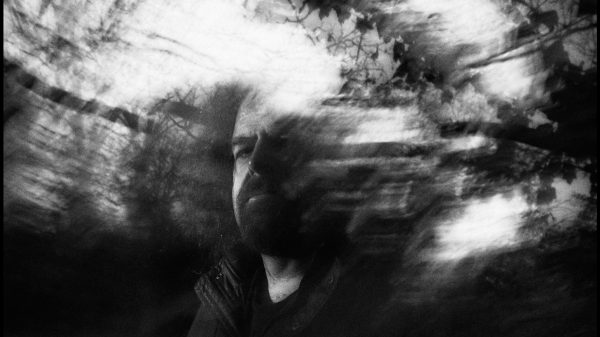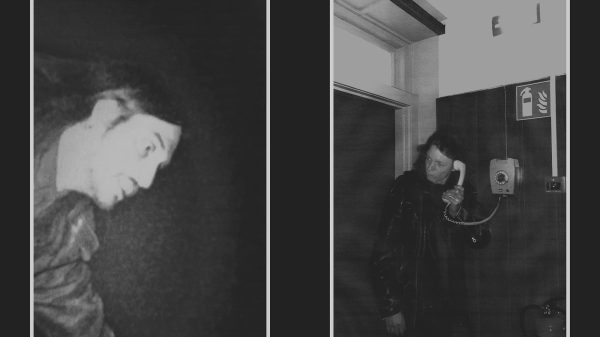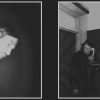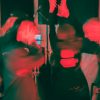Mixing genres is no easy work, and if the focus is weak, the process ultimately fails. There is a resulting disconnect that arises from a non-complete approach, even if the mix is between genres that are closely related. Barst point out that part of their goal is to be able to break down the walls between all sorts of genres – something that is easier said than done. Bart Desmet, the man behind Barst, so far has an excellent history of promoting this vision, through cassette releases and collaborations with great acts such as Treha Sektori and RM74 among more, an now preparing to release Barst’s debut full-length, The Western Lands.
The blend of sound is intricately built, encompassing elements of ambient music and drone, but also shoegaze, extreme metal, and on top of all that, electronica. It cannot be said that the combination is completely novel, however the work that Desmet puts in in order to achieve a cohesive result from this mix of styles can be considered herculean. The ambient and drone sides are able to compliment each other; the first crafting the scenery, and when left independent to roam, leading into minimalistic tendencies; while drones are brought in to add sonic constructs, filling the soundscapes and creating an asphyxiating result.
The overwhelming quality of the drone aspect is complete when the emotional tone of shoegaze rushes in, combining the heavy distortion and ethereal quality of the genre with the big, slow-moving soundscapes. The aspect is kept intact even when the guitars turn towards cleaner paths, resulting in repetitive mantras arising through a mist of sounds. In turn, the metal element compliments the shoegaze emotion, taking on a post-metal quality, with some extreme outbreaks also in play, and building on to the overwhelming approach that Desmet constructs.
Label: Consouling Sounds
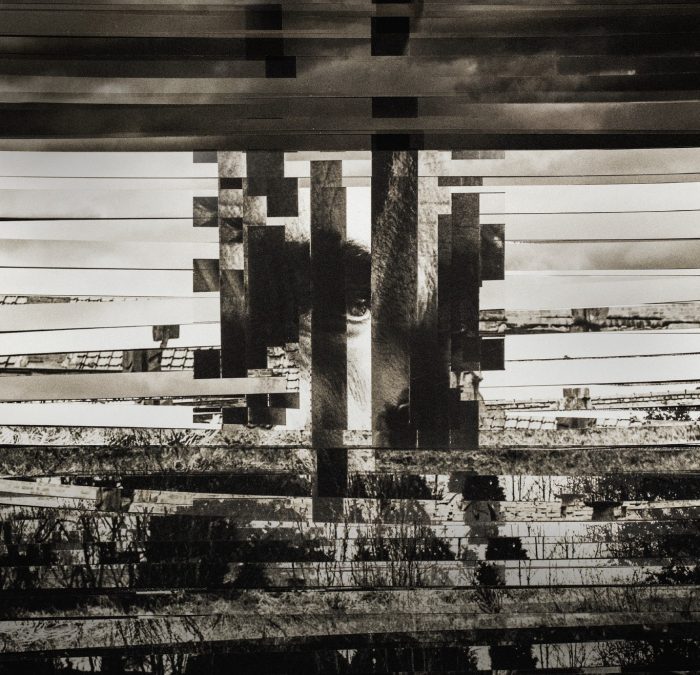
What tops all of this structure is the essence of electronica that comes into play. This element primarily arises from the repetition and quality of the percussive elements. Seemingly unmoving and inhuman, without many switches, they project a cold detachment. However, the sound coming through still retains an organic element, something that is not often achieved by experimental bands when they take on an electronic approach. And that is not where Barst cease their electronic exploration, being able to completely dive into an all encompassing mode of genre-bending with big synths and acid elements arising, moving towards the industrial side of the metal spectrum, or deeper within the experimental electronic domain with tribalistic percussive rhythmic patterns.
The second goal of Barst is to break away from normal song structures, and the title reference to William S. Burroughs‘ final installment of his The Red Night Trilogy is by no means a coincidence. Just as Burroughs was moving away from linear story-telling, Barst makes an attempt to cut up sonic elements and create collages from the resulting pieces. This is an approach that is mainly implemented in the background elements, and some of the switches through the album, some being quite abrupt and unexpected. However, the narrative still flows from one chapter to the other, within a cohesive space.
Barst put up some daunting tasks that not many bands can pull off. The blend of different genres is an absolute success, creating a cohesive narrative, and allowing diverse characteristics to exist under the same tent. On the other hand, the structuring of the background is true to the cut-up technique, and awakens a series of interesting and unexpected non-linearities as a result. The work that has been put in addressing this is what makes The Western Lands such a captivating listen, and it really shows on the end result.









